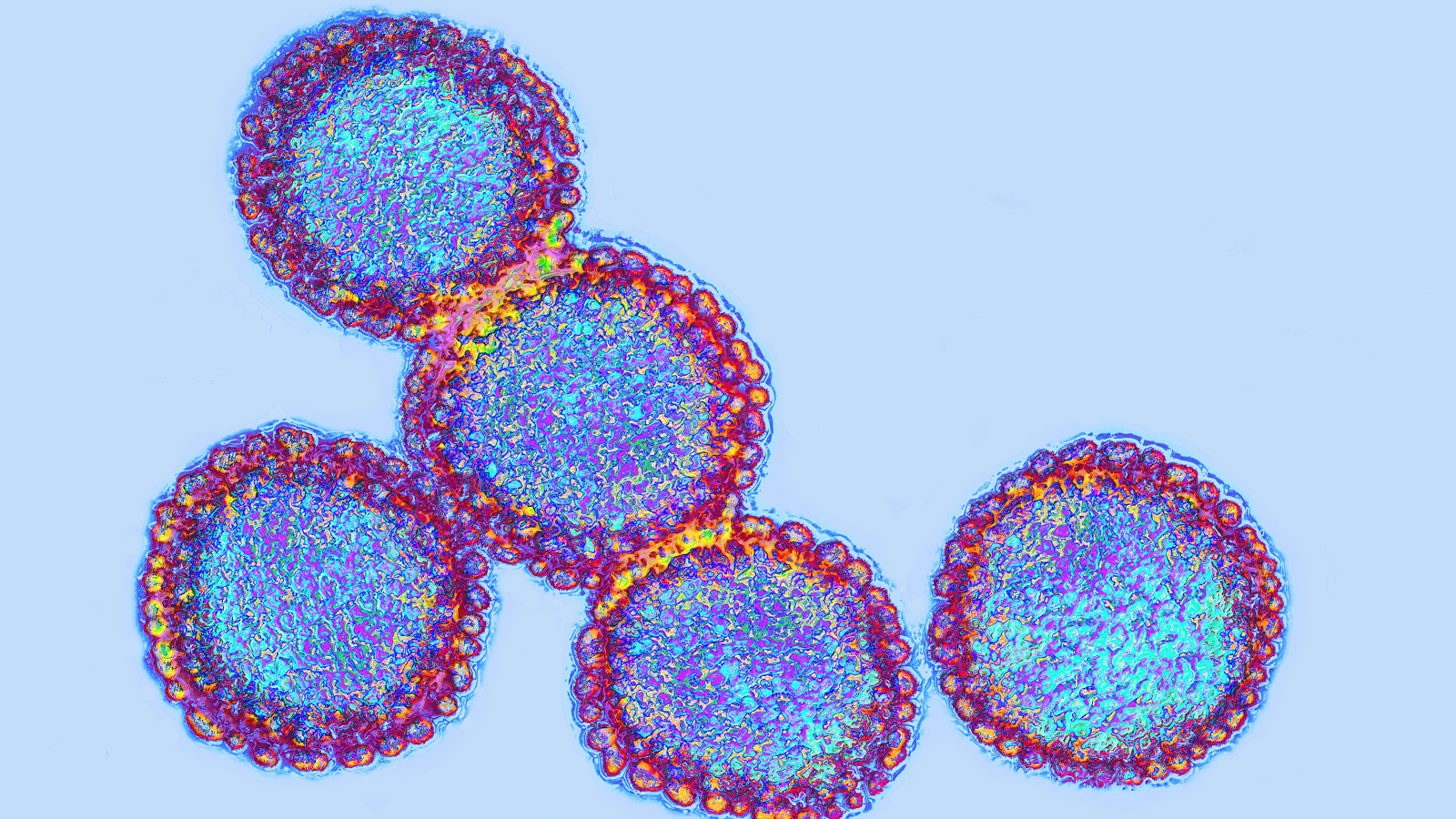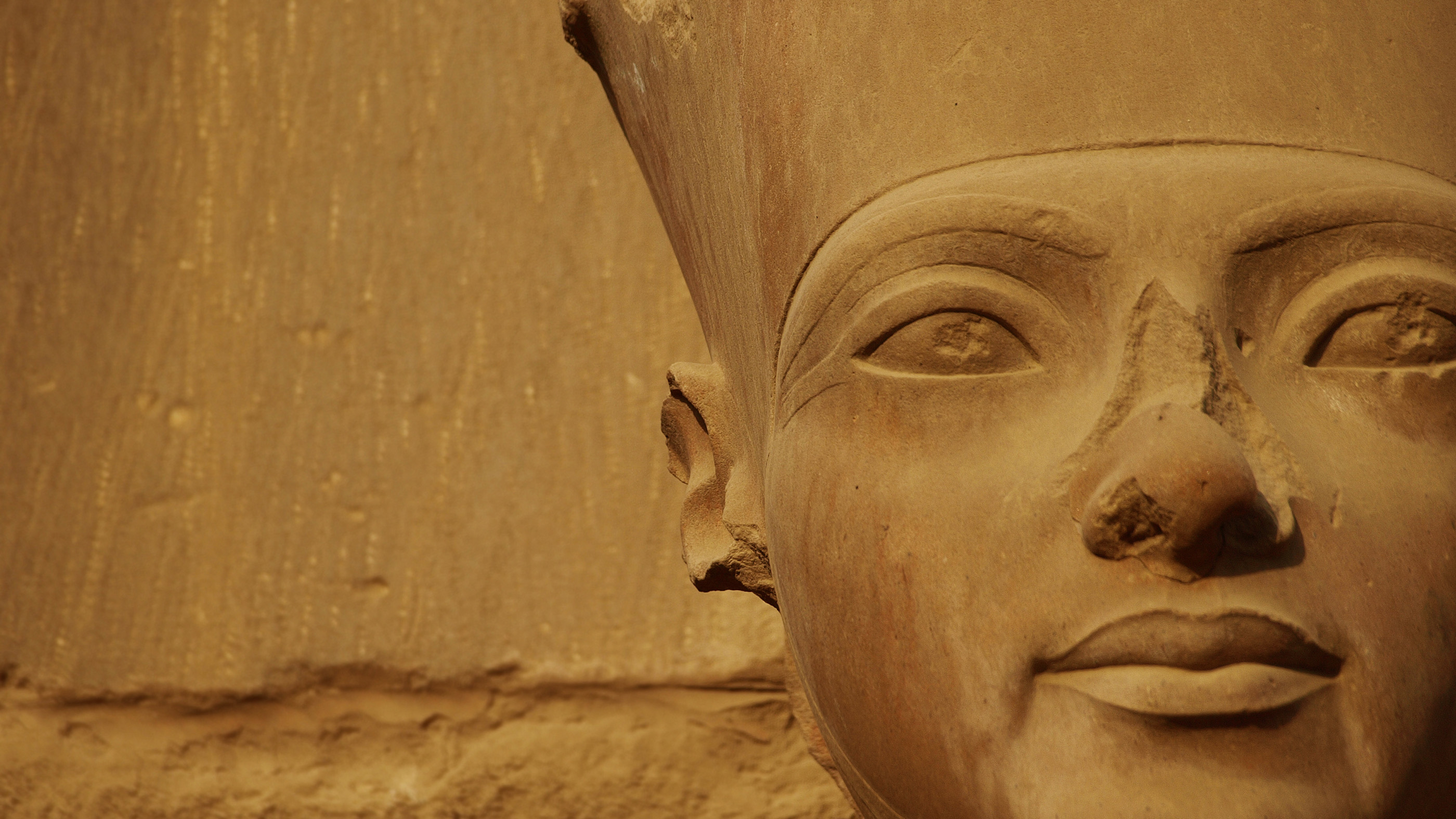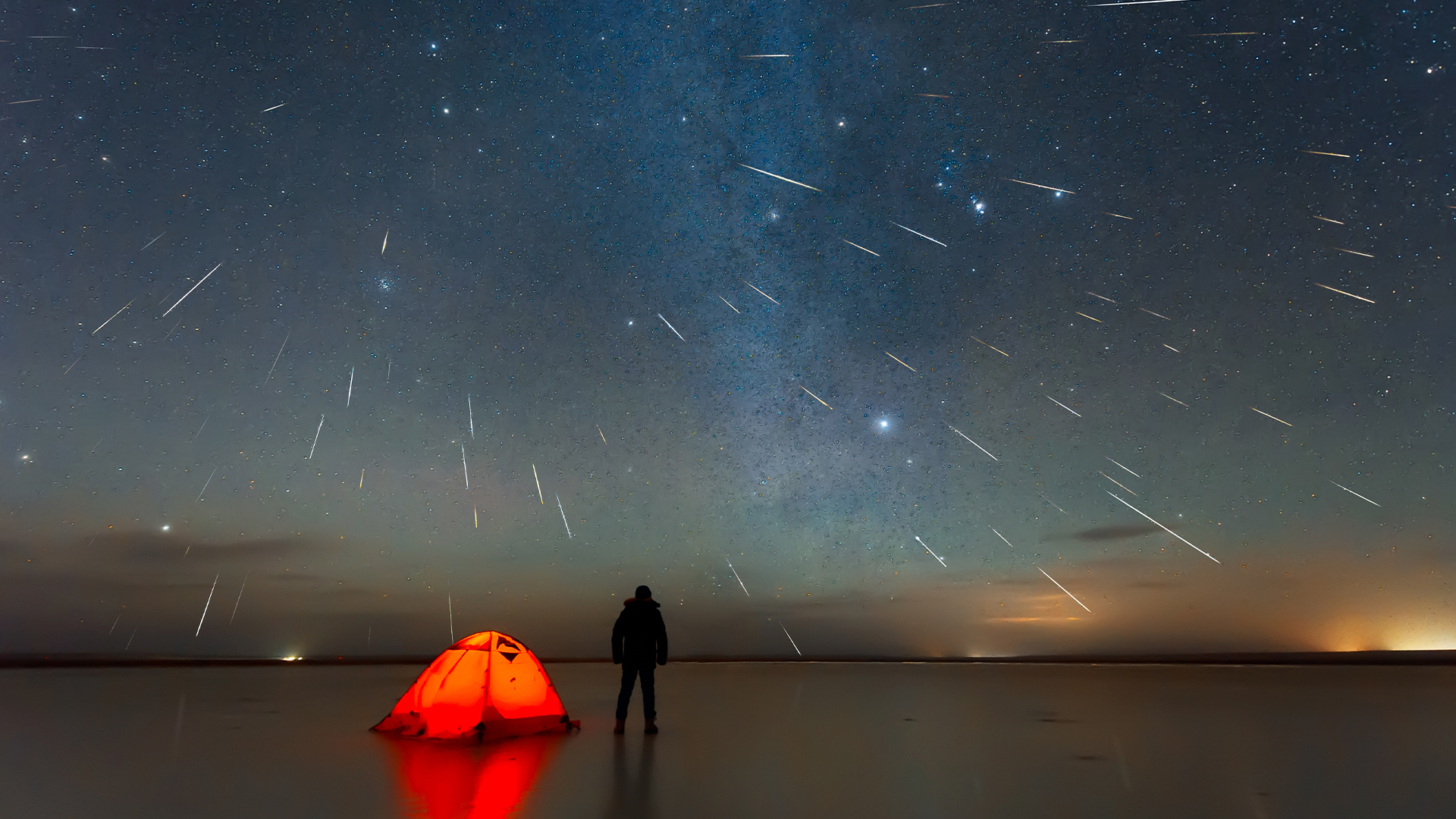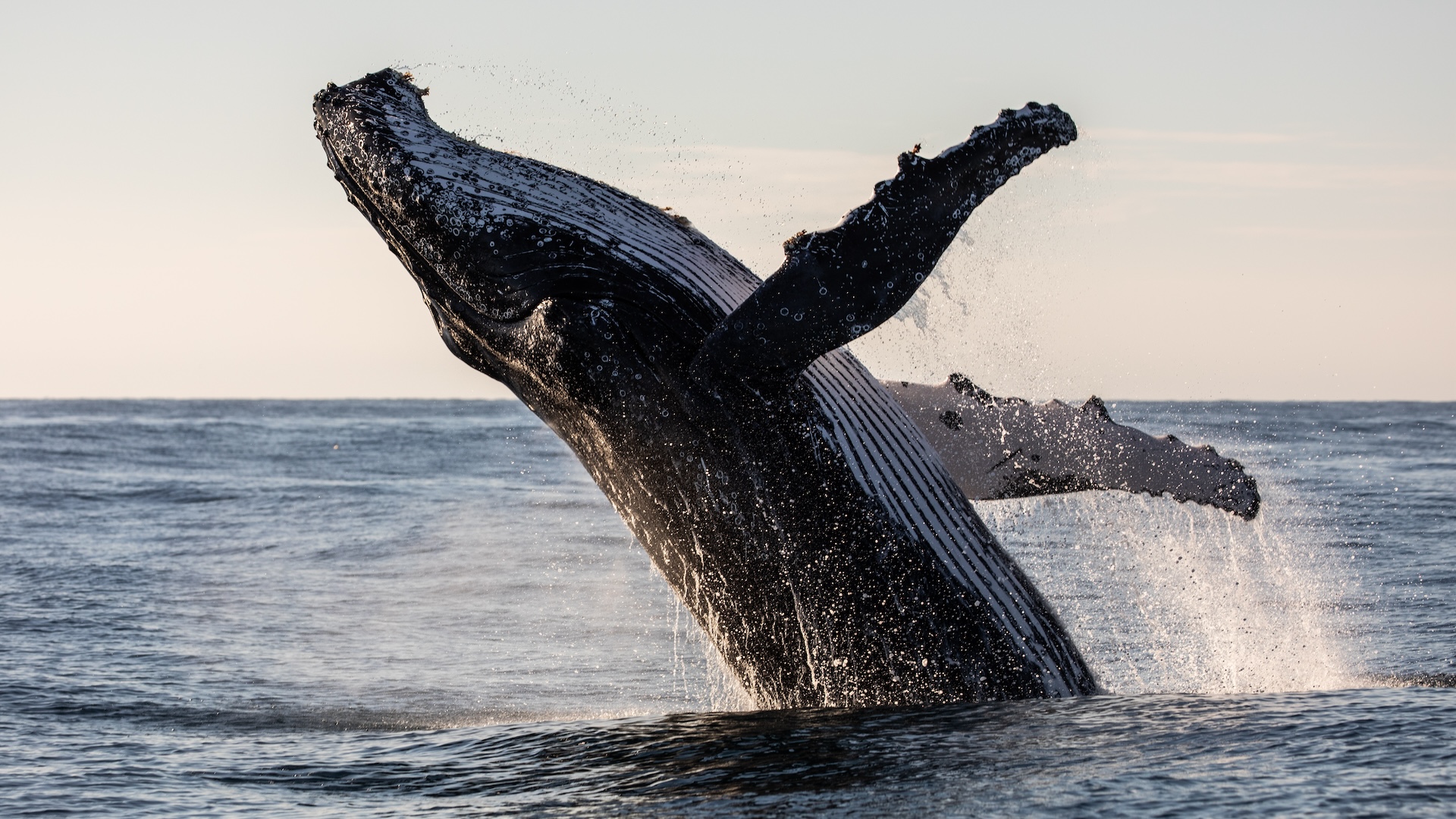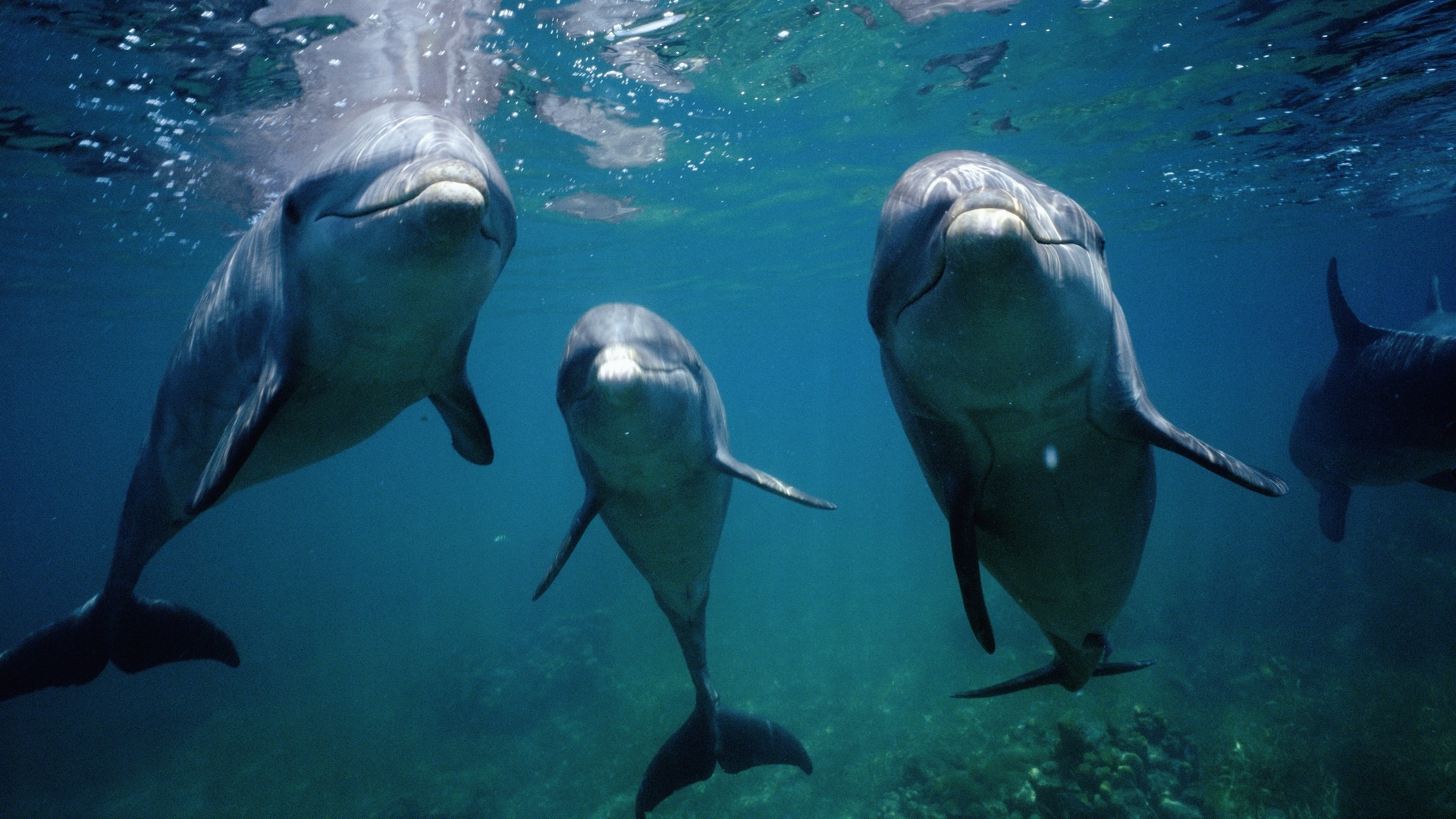Saturn: Facts about the ringed planet
A round-up of information about the ringed planet Saturn with many moons.
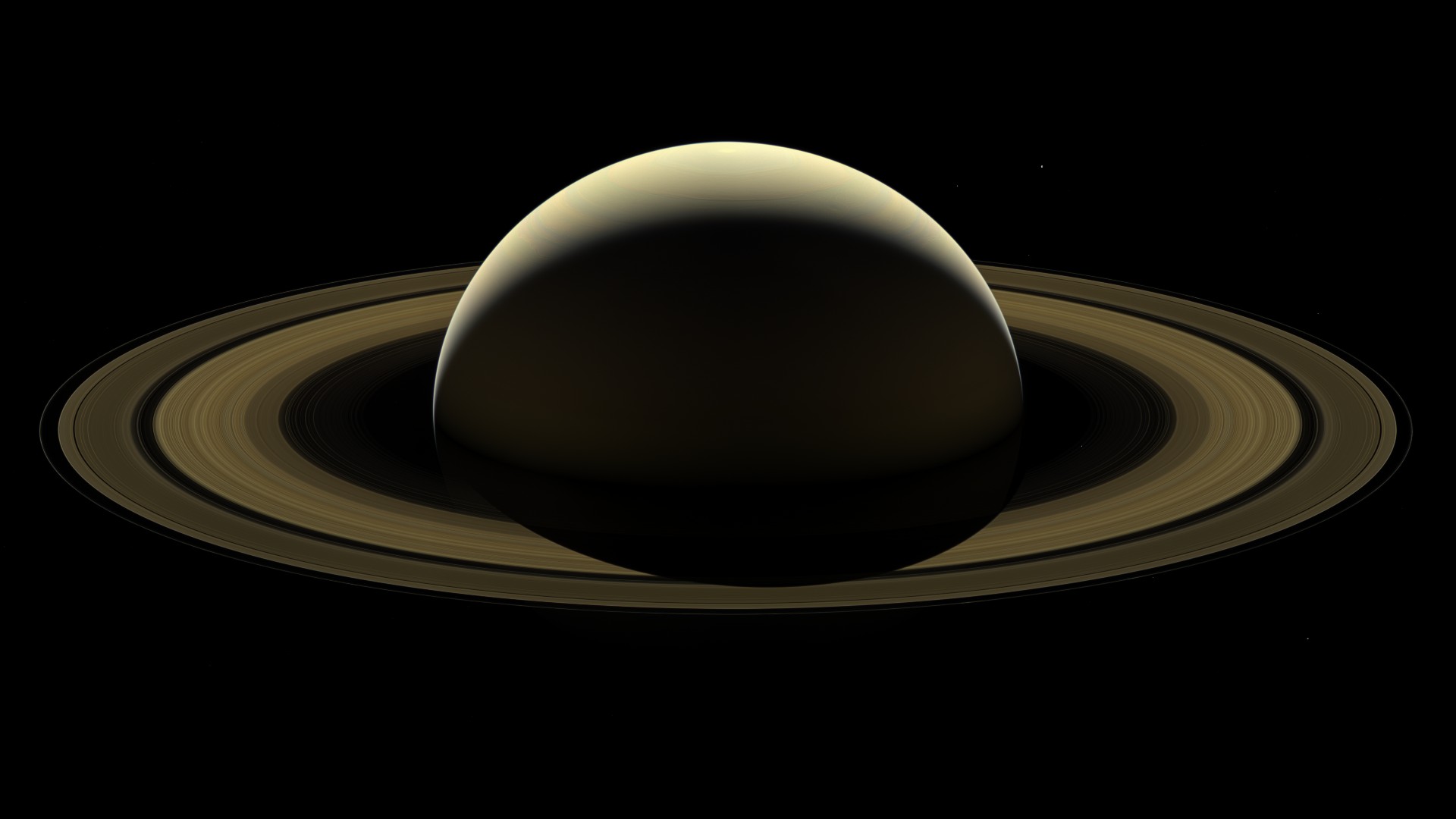
With its resplendent ring system, Saturn is arguably the most stunning planet in our solar system. Located sixth in line from the sun, it is the second-largest world orbiting the sun, after Jupiter.
Though Saturn is famous for its rings, all the other giant planets, including Jupiter, Uranus and Neptune, feature ring systems. But Saturn stands out for having beautiful yellow and gold bands across its surface, as well as having more moons than any other planet in the solar system, some of which are among the best places to search for life outside Earth.
How did Saturn get its name?
Saturn has been known about since antiquity, according to NASA. It is the farthest planet from Earth that is still visible with the naked eye in the night sky, and our modern name for it comes from the Roman god of wealth and agriculture, Saturn.
Saturn was known as Kronos in Greek and Sani in Sanskrit, according to the educational website The Nine Planets. Other ancient names for the planet include Sao (Thai), Zuhal (Arabic), Kayvon (Farsi), Tuxing (meaning Star of Soil in Mandarin), and Kayamanu (Babylonian).
What is Saturn made of?
Saturn’s atmosphere is composed of 96% hydrogen and 4% helium, with trace amounts of water, methane and ammonia, according to the European Space Agency (ESA). It has a radius of 36,183 miles (58,232 kilometers), making it nine times wider than Earth, according to NASA.
The planet has a dense core made of metals such as iron and nickel, surrounded by rocky material that is in turn enveloped by liquid metallic hydrogen subject to intense temperatures and pressures. Recent research has suggested that Saturn’s core isn’t a solid sphere like the Earth’s, but rather a fuzzy soup composed of rocks, ice and metallic fluids sloshing around and affecting its gravitational pull, which in turn influences the structure of its gigantic rings.
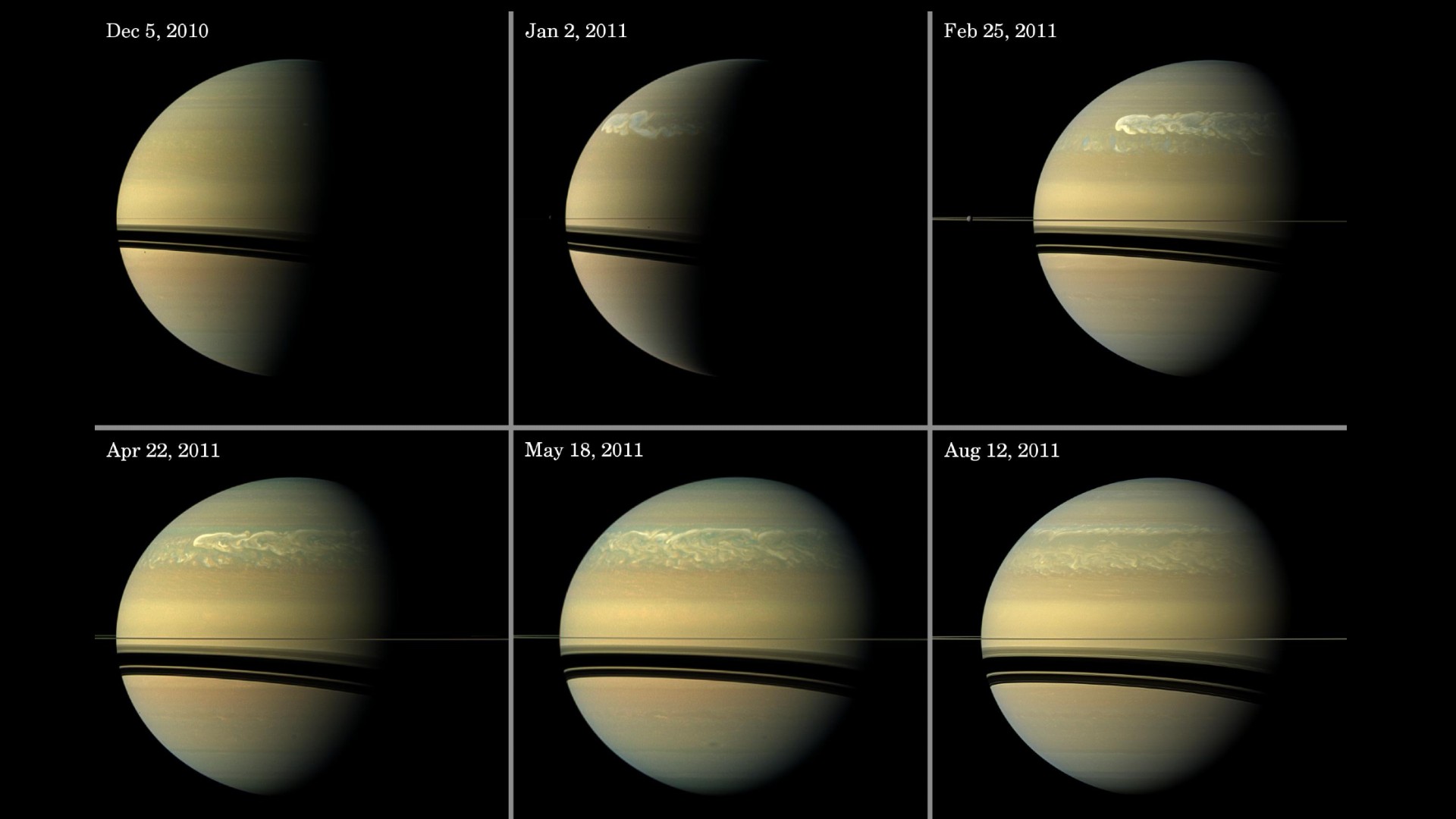
Saturn’s outermost layers are made from swirling gases of mostly hydrogen and helium, plus trace amounts of water, ammonia and methane, that become liquid as pressures and temperatures increase deeper down, according to NASA. It is the least dense planet in the solar system, with an average density less than that of water, meaning it would float in a (very large) bathtub.
Winds in the upper atmosphere of Saturn are far stronger than those produced by hurricanes on Earth, reaching an astounding 1,090 mph (1,755 km/h in its equatorial regions. The planet’s clouds come in different shades of brown, yellow and gray, and they form a mysterious and strange hexagonal-shaped storm system at the north pole.
Bolts of lightning thought to be 10,000 times more powerful than those on Earth can be seen on Saturn, and NASA’s Cassini spacecraft spotted a storm that affected the planet’s weather patterns for more than three years, according to ESA. Because of its fast rotation rate, Saturn is visibly flattened at its poles, according to the agency.
How far is Saturn from the sun?
Saturn orbits at an average distance of 886 million miles (1.4 billion kilometers) from the sun, the central star in our solar system, meaning that one Saturnian year lasts roughly 29.4 Earth years, according to NASA. It usually takes sunlight 80 minutes to travel between the sun and Saturn.
The planet has the second-shortest day in the solar system, at only 10.7 hours, just slightly longer than Jupiter’s 9.93-hour day. Saturn has an axial tilt very close to our own, about 26.73 degrees with respect to its orbit around the sun (Earth's is 23.5 degrees), meaning that Saturn experiences seasons similar to our own planet.
Have humans explored Saturn?
Four robotic probes have visited Saturn, according to NASA. The Pioneer 11 spacecraft launched from Earth on April 5, 1973 and completed a flyby of the ringed giant on Sept. 1, 1979, according to the Planetary Society.
NASA’s Voyager 1 flew past Saturn in 1980 and, along with Voyager 2, which reached the planet in 1981, snapped nearly 16,000 images of Saturn, its rings and moons. The two probes discovered three new moons, studied the intricate ring system in detail, and collected data about the planet’s magnetic field and atmosphere. After encountering the largest moon, Titan, Voyager 2 was directed up and out of the plane of the ecliptic, which is the plane in which all of the planets orbit around the sun, giving researchers an overhead view of the planet and its rings.
The most in-depth study of Saturn was done by the NASA-ESA joint Cassini-Huygens mission, which launched from Earth in 1997 and reached the ringed gas giant in 2004, according to ESA. The Huygens probe landed on Titan in 2005, becoming the first robot to reach the surface of a moon in the outer solar system. It took amazing photos of seas, river channels and mountains as it descended. Cassini remained in orbit around Saturn until Sept. 15, 2017, making a total of 294 orbits and then plunging into the planet’s atmosphere, according to the Planetary Society.

How many moons does Saturn have?
Saturn sports more known moons than any other planet, with 53 confirmed satellites and 29 more awaiting confirmation, bringing the total to 82, according to NASA. Its largest moon, Titan, is the second biggest moon in the solar system, after Jupiter’s Ganymede, and is larger than the planet Mercury.
Titan is an incredible world wrapped in a dense atmosphere of nitrogen and hydrocarbons. This sludge forms a yellowish haze sitting at a frigid minus 290 degrees Fahrenheit (minus 180 degrees Celsius), below which can be found incredible geological features such as lakes, seas and rivers of liquid methane and ethane.
The largest sea on Titan is called Kraken Mare and is more than 1,000 feet (300 meters) deep, roughly the same height as New York City's Chrysler Building. Kraken Mare is so deep that Cassini’s radar was unable to probe all the way to the bottom. The moon’s seas appear to be preternaturally calm, with waves just 0.25 inches (1 centimeter) high by about 8 inches (20 cm) long.
Could there be life on Saturn?
Because of Saturn's extreme temperatures, pressures and wind speeds, scientists think the potential for life as we know it on the planet itself is slim, according to NASA. But the planet’s moons are major targets of exploration when it comes to habitable environments beyond Earth.
With its thick atmosphere and bodies of liquid on the surface, Titan is one of the places in the solar system thought to potentially host life, according to NASA. A further sea of liquid water might sit below its icy crust, and the agency has planned the Dragonfly mission to launch in 2026 and explore the moon in more detail, according to the Planetary Society.

Another of Saturn’s most intriguing moons is Enceladus. It is surrounded by a frozen ice shell from which shoot tall geysers of liquid water at 800 mph(1,290 km/h), according to NASA. Though Enceladus is tiny — a mere 313 miles (504 km) across — Cassini has spotted methane coming from fractures known as tiger stripes near its south pole, a possible hint of organisms living in its subsurface ocean.
Some astrobiologists think Enceladus’ ocean has been around for just long enough, roughly 1 billion years, for chemicals to get dissolved and kickstart the processes that fuel life. But whether there is anything swimming around below its frigid crust remains to be seen.
Saturn’s other moons hold surprises. For instance, Mimas, a little world with a big crater that makes it looks kind of like the Death Star from the Star Wars series might also have a body of liquid water trapped beneath its outer ice.
How did Saturn’s rings form?
Researchers believe that Saturn’s beautiful ring system, which is made of icy fragments of rock and dust, formed when asteroids, comets and pieces of moons shattered into fragments under the force of Saturn's gravity. Pieces of the rings range in size from huge, mountain-size rocks to miniscule particles of dust.
Saturn's rings extend up to 175,000 miles (282,000 km) from the planet, yet are razor thin, with a vertical height averaging only 30 feet (10 m) in the main rings, according to NASA. The rings are named for the order in which they were discovered, with the main rings being the A, B, and C rings, while the D, E, F, and G rings are fainter and more recently discovered. There is a gap measuring 2,920 miles (4,700 km) between the A and B rings.
Very far out, there is the very faint ring in the orbit of Saturn's moon Phoebe. Material is constantly falling from the rings toward Saturn in a phenomenon known as "ring rain," meaning the stunning ring system is likely to be depleted in as little as 100 million years.
Additional resources
Fly all around the Saturnian system and its amazing moons with this interactive website from NASA. Then get lost in these mind-blowing images of the gas giant and its rings in an online gallery hosted by the agency. Finally, get psyched for the upcoming Dragonfly mission by exploring its official website from NASA and the Johns Hopkins Applied Physics Laboratory.
Sign up for the Live Science daily newsletter now
Get the world’s most fascinating discoveries delivered straight to your inbox.

Adam Mann is a freelance journalist with over a decade of experience, specializing in astronomy and physics stories. He has a bachelor's degree in astrophysics from UC Berkeley. His work has appeared in the New Yorker, New York Times, National Geographic, Wall Street Journal, Wired, Nature, Science, and many other places. He lives in Oakland, California, where he enjoys riding his bike.


